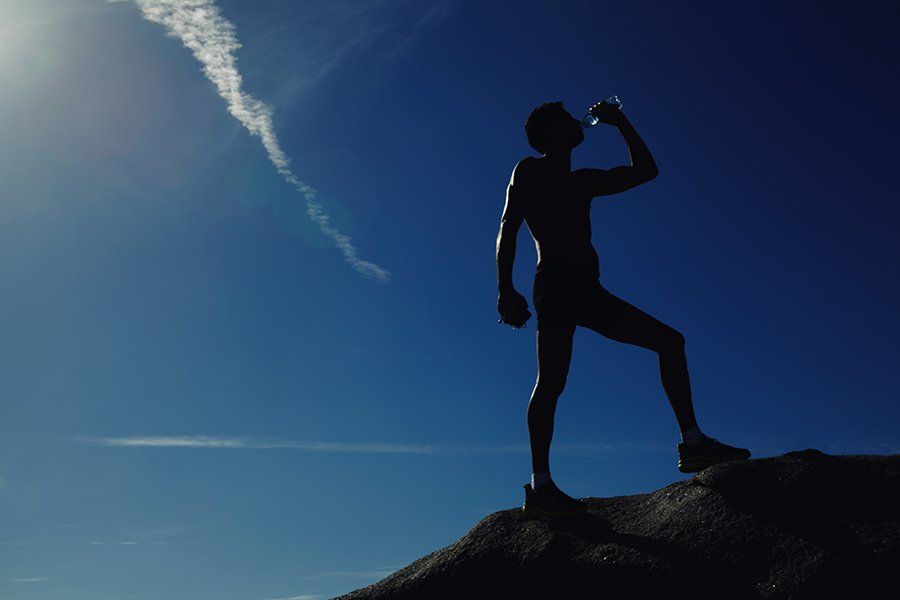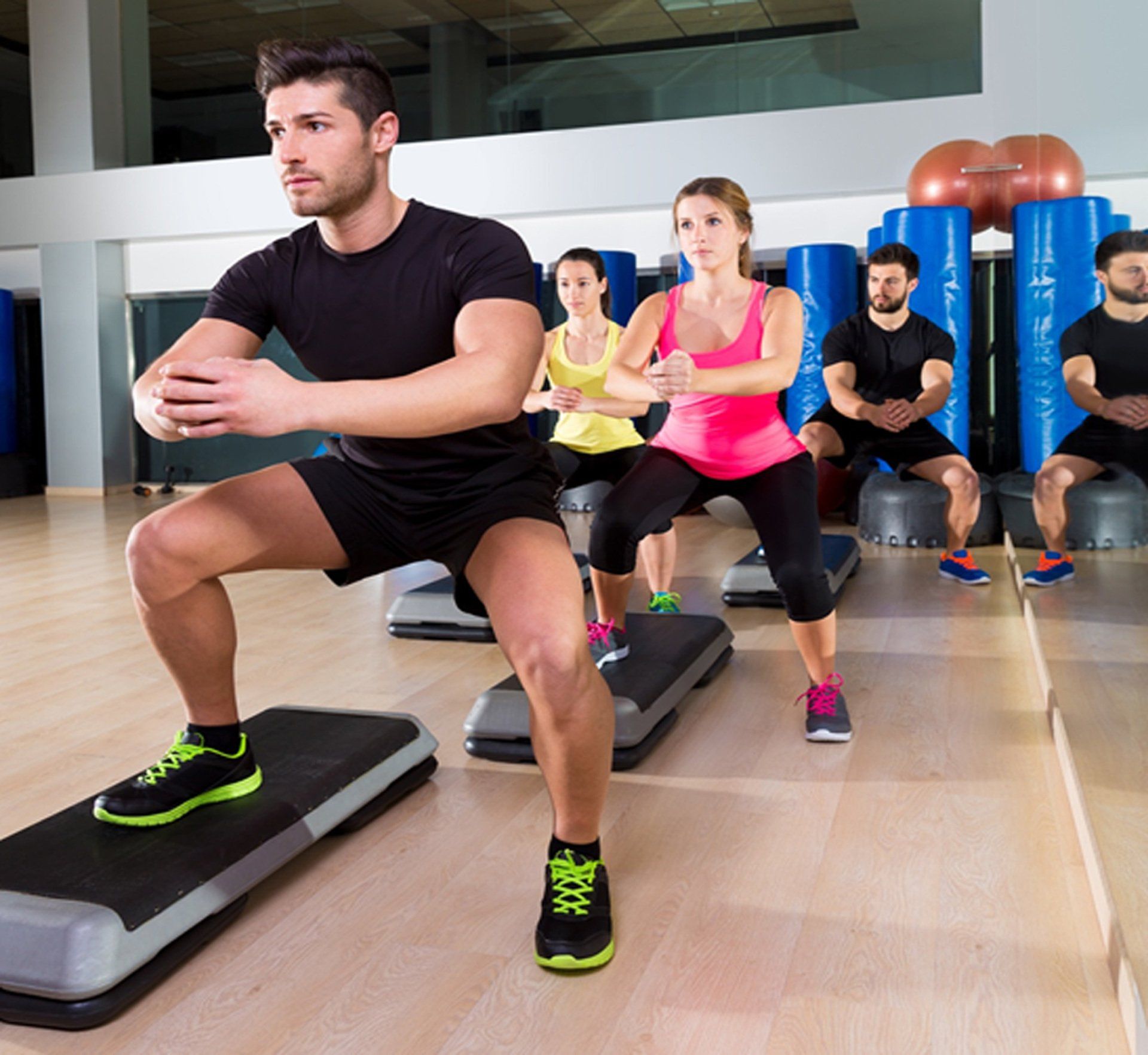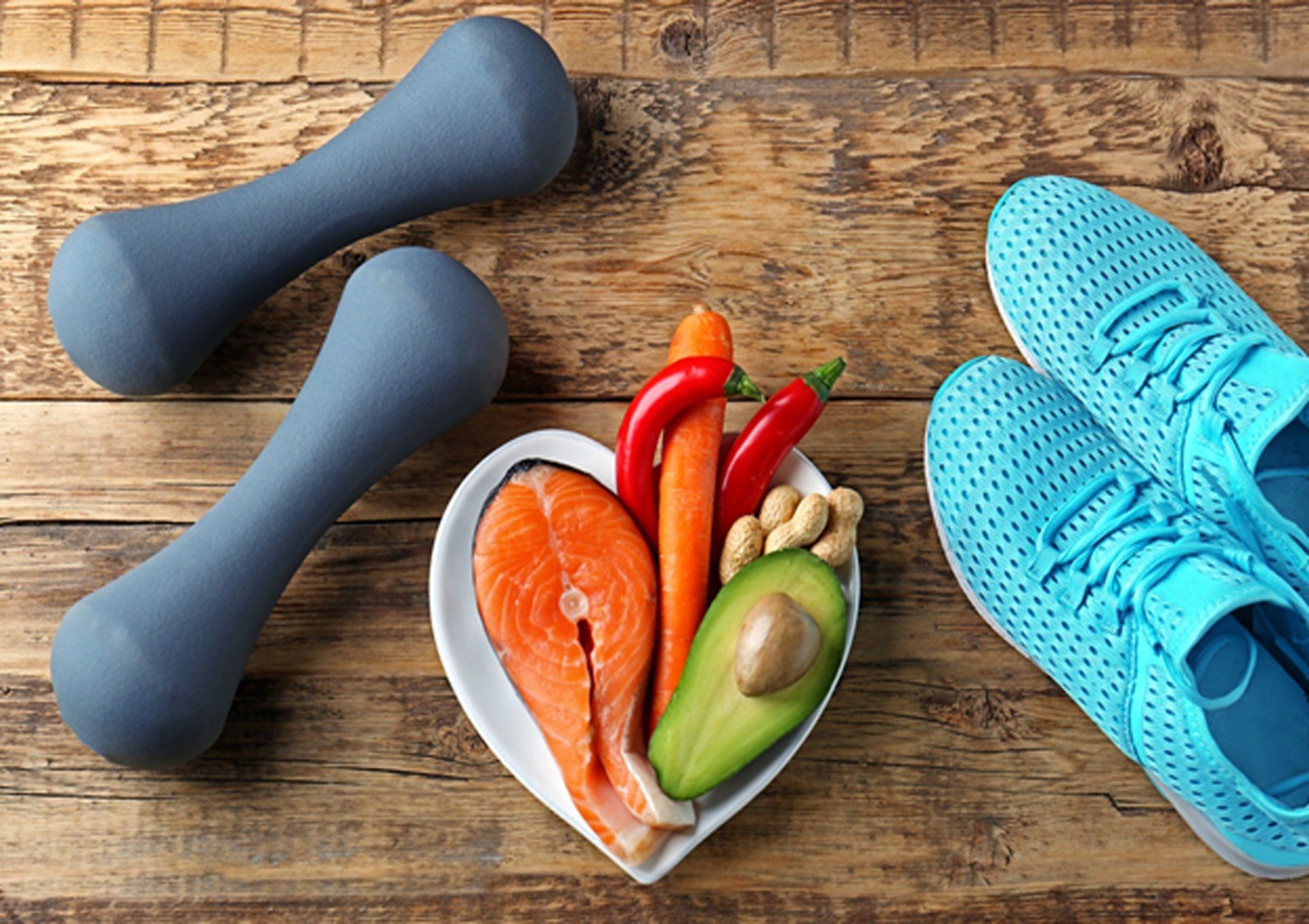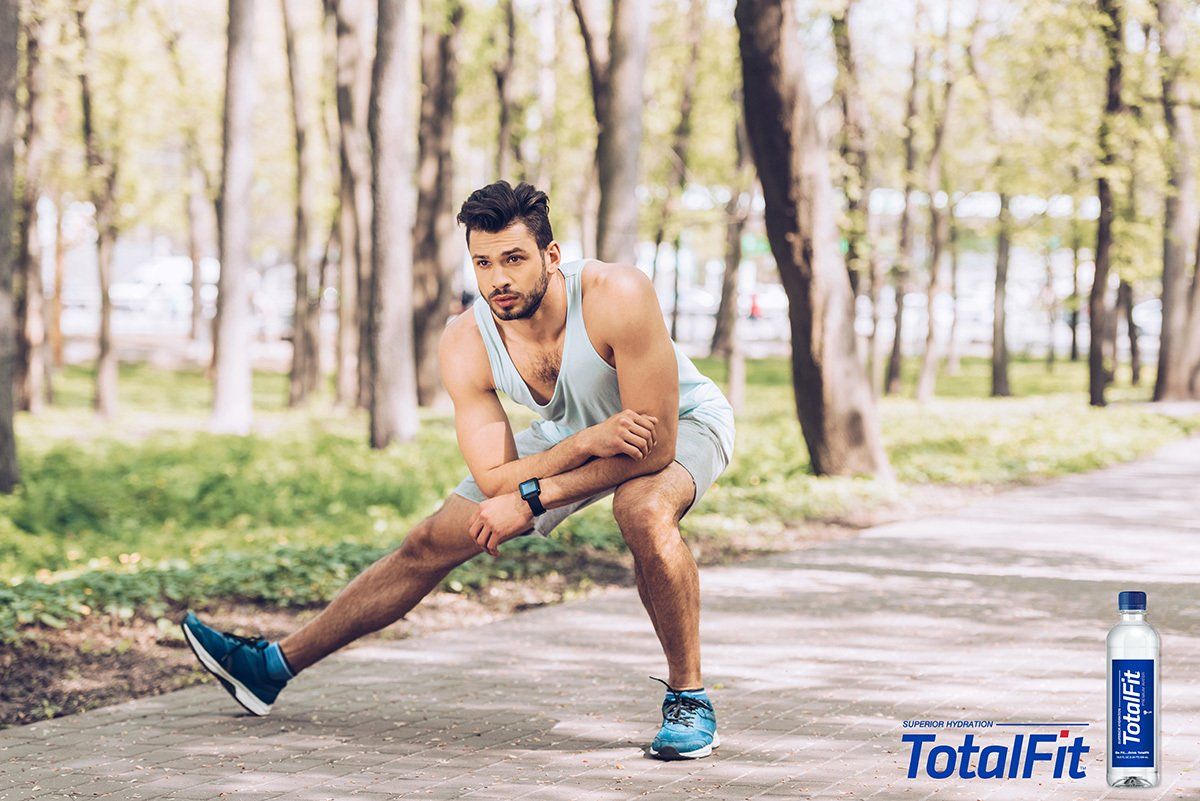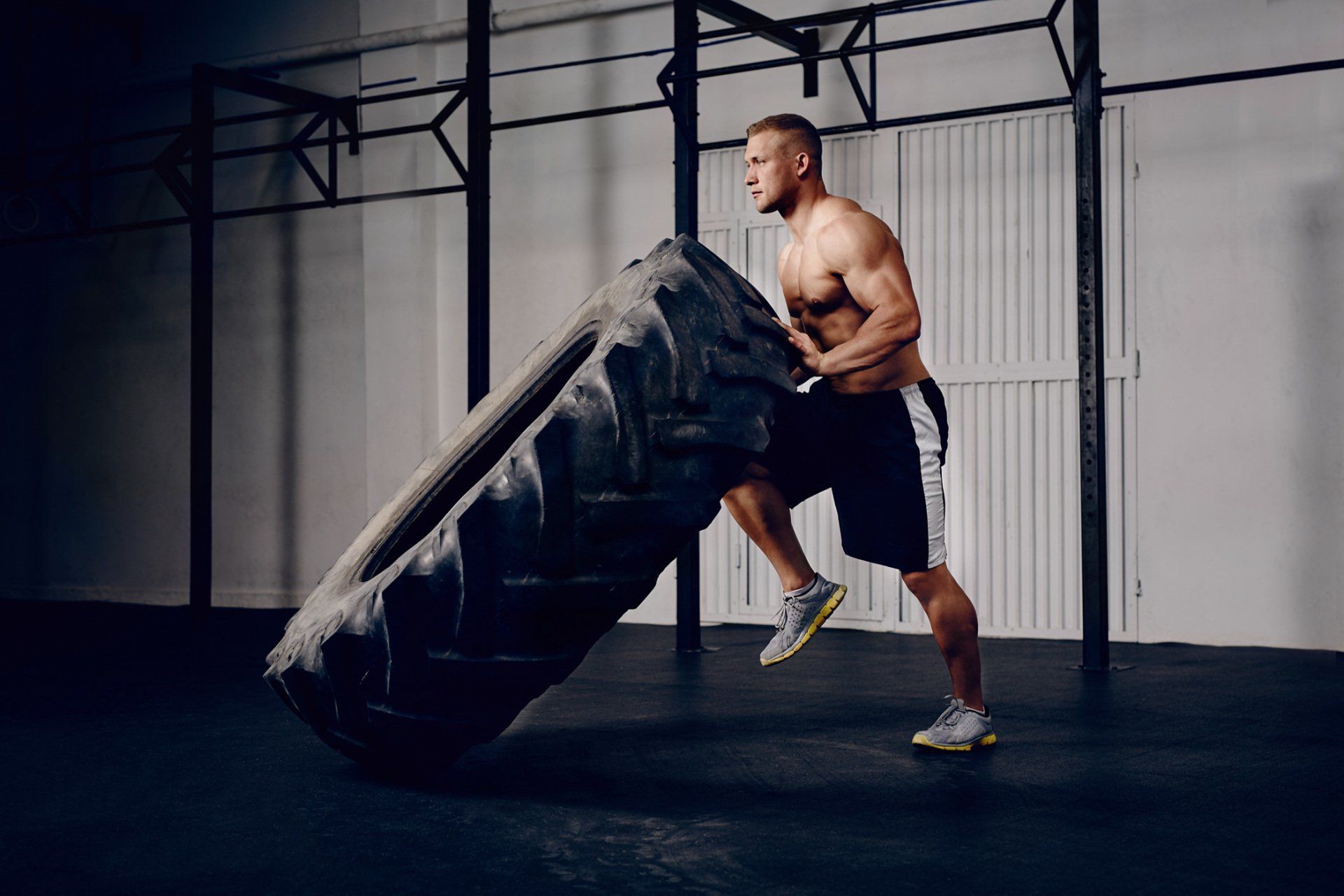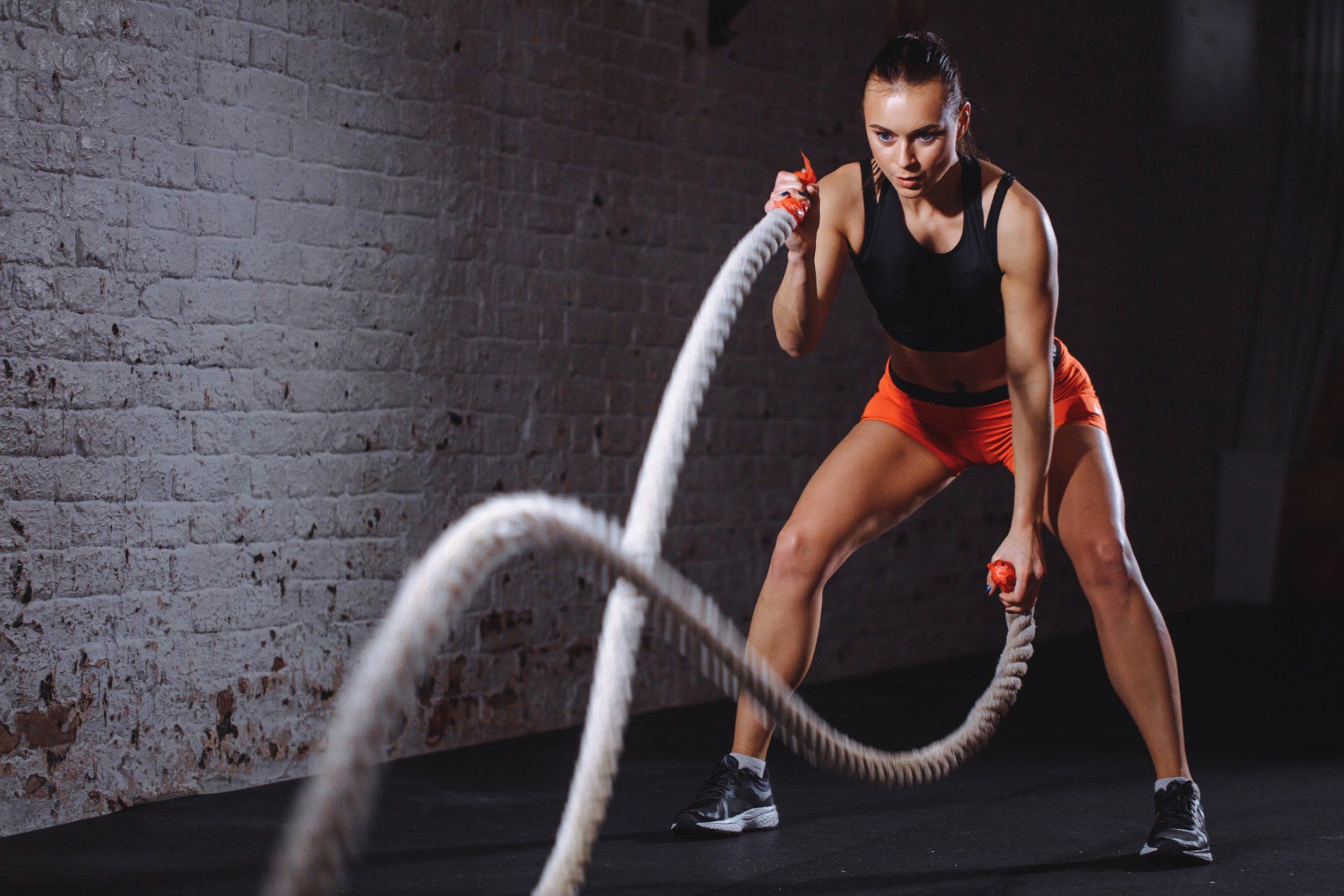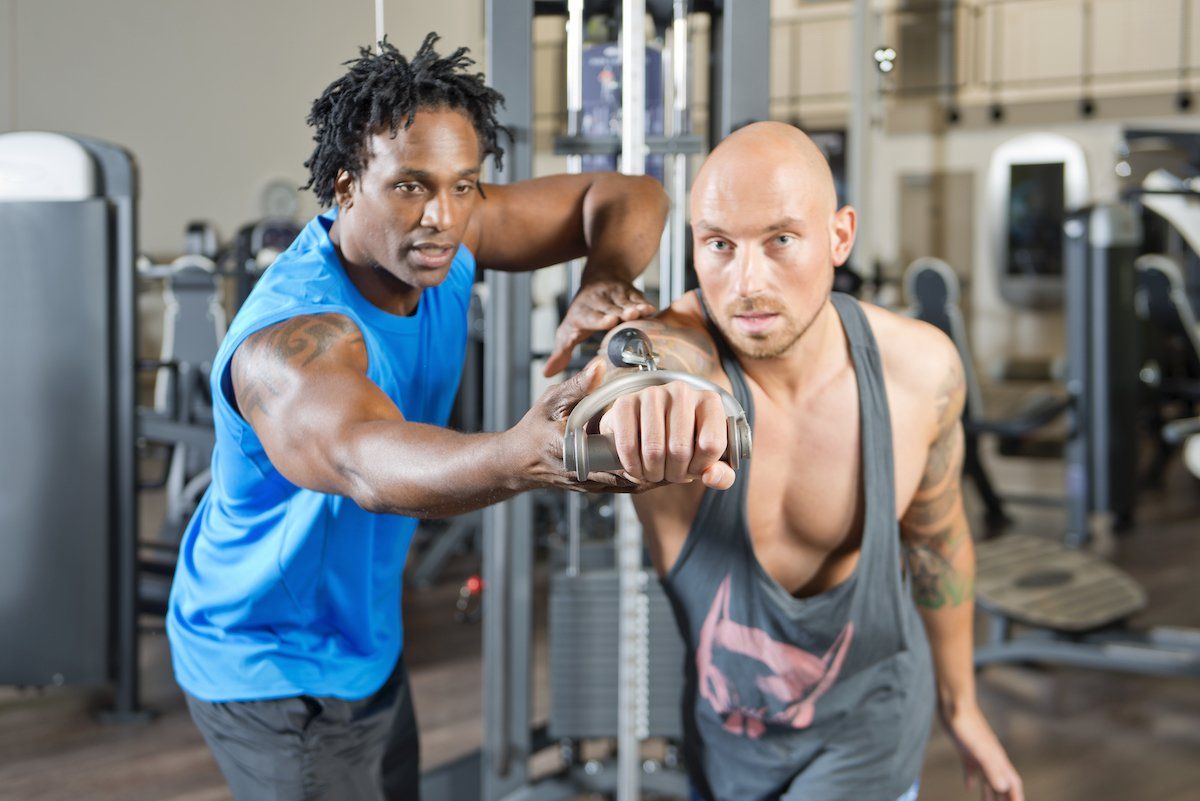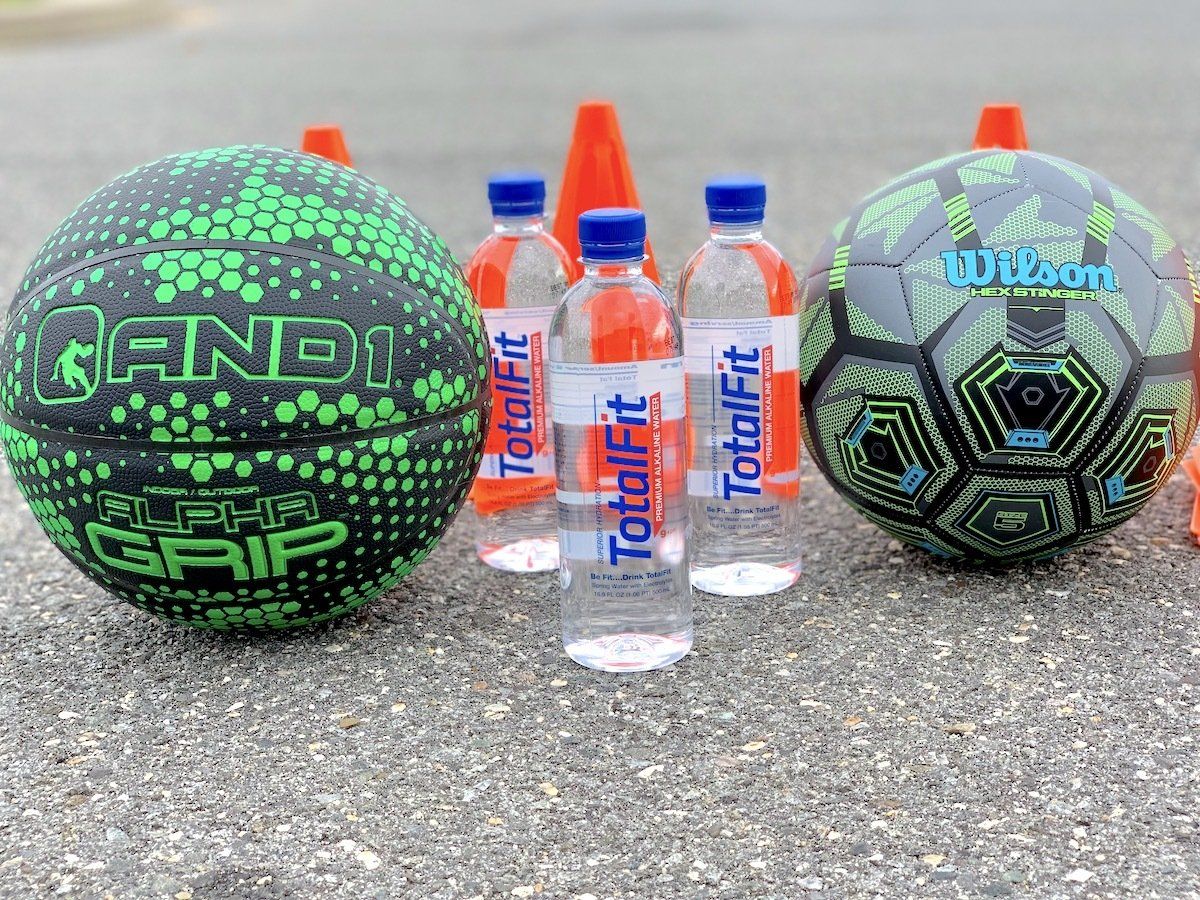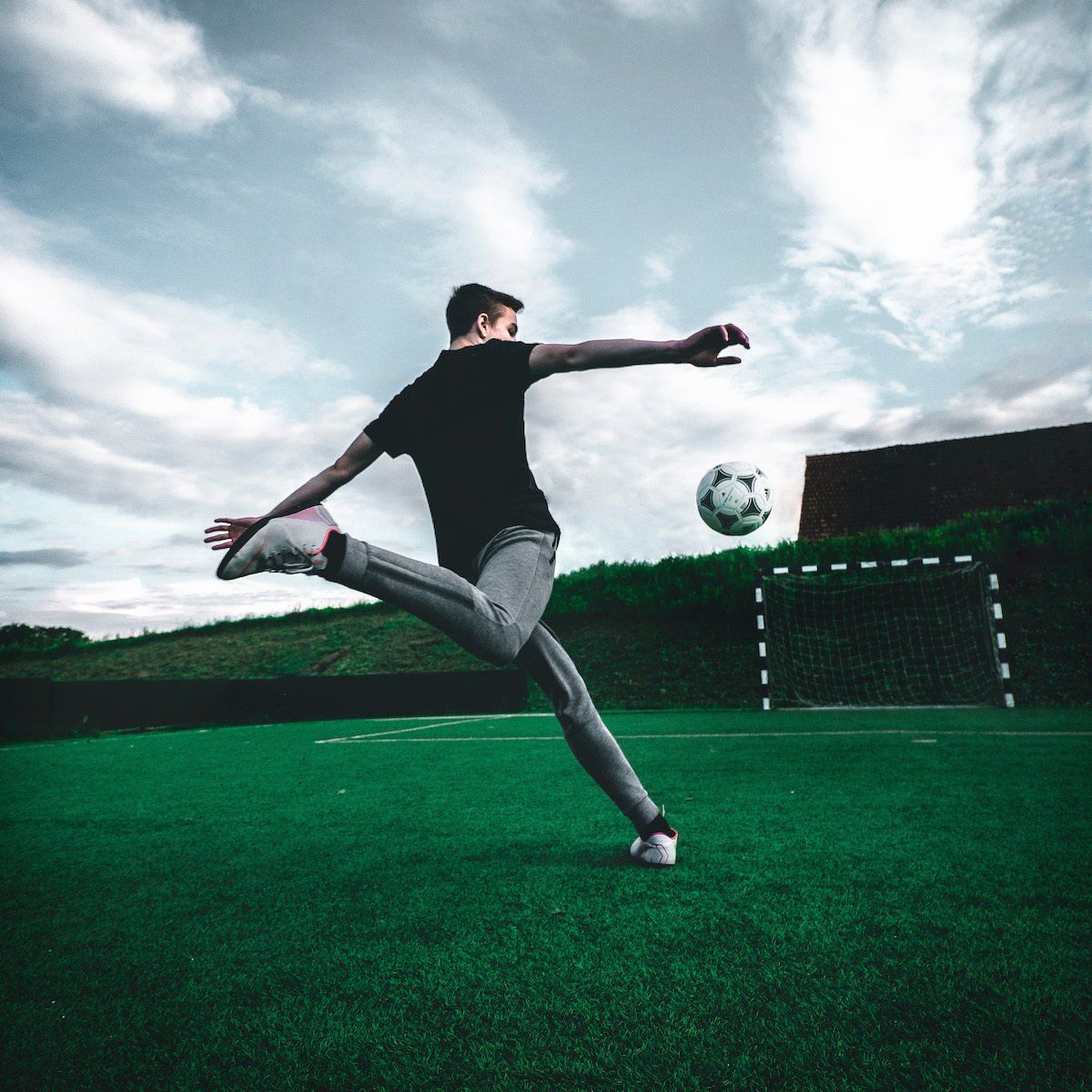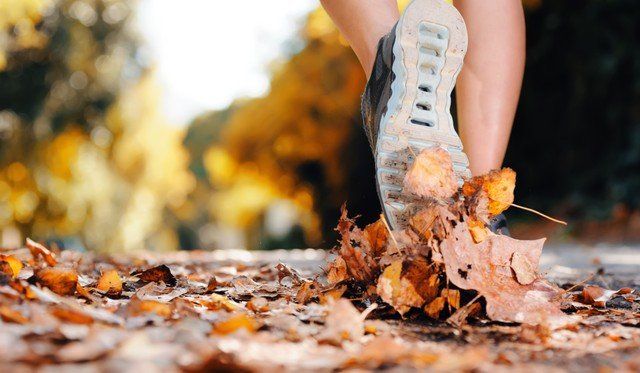Tips for Your Outdoor Workout in Cold Winter Months
As the days grow shorter and the weather gets colder, we have a new challenge for staying fit: outdoor workouts in cold weather. During the winter months, it’s even more important to stick with a healthy diet, optimal hydration, and a workout that addresses your fitness goals. But for those of us who enjoy outdoor sports, the workout can be a challenge. Here are some of the top tips from the pros for safe outdoor workouts.
Stay informed. Know the forecast and time your workouts accordingly. Cold fronts in winter can happen any time of day, so be aware of possible temperature drops that will affect your workout time.
Watch for wind chills. While air temperatures may be above freezing, wind chills can quickly bring danger of frostbite. At air temperatures below 5 F (-15 C) or wind chills below -18 F (-28 C), exposed skin can get frostbite in 30 minutes or less. If possible, opt for an indoor workout at the gym if conditions reach these thresholds.
Know the danger signs of frostbite and hypothermia. Frostbite happens primarily on exposed skin like your face. Numbness, stinging, or a loss of feeling are early warning signals to immediately move indoors and warm up slowly – avoid rubbing infected areas because that can damage skin. Hypothermia means abnormally low body temperature and exercising in extreme cold can increase your risk. Symptoms include fatigue, loss of coordination, slurred speech, and intense shivering. If you suspect you have hypothermia or have symptoms of frostbite that won’t go away, get emergency medical help right away.
Dress in waterproof layers. Choose synthetic fiber clothes for the first layer, which will draw moisture away from your skin. Use polar fleece as the middle layer if it’s particularly cold, then choose a waterproof windbreaker or heavy jacket, depending on the temperature, for your outer layer. As you warm up, remove layers and tie them around your waist so you can put them back on if you get cold again later.
Start with a good warm-up. Warm-ups are important to prevent injury any time of year, but during the colder months, they are especially helpful because they increase blood flow and warm up the body. Unlike stretching, which should be done after the workout, warm-ups are a more active body movement similar to what you will be doing on your workout, like lunges for runners.
Use the right shoes. Good traction is especially important where there are icy, slick roadways or if you exercise off the beaten path in muddy conditions. Equip yourself with a good pair of high-traction shoes for your workout and avoid icy areas that can cause injury.
Stay hydrated. You may not feel as thirsty when it’s cold, but your body needs hydration even more when you workout in the cold. Even in colder temperatures, your body still loses fluids when you sweat – and even when you breathe. Take along a bottle of TotalFit Premium Water™ to sip on regularly throughout your workout to stay hydrated, and follow up your workout with more water to replenish everything you lost. TotalFit Premium Water™ is electrolyte-enhanced to replenish nutrients your body loses during exercise. It’s also purified, pH balanced at 9+, and micro-clustered for optimal absorption.
Grab your case of TotalFit Premium Water™ today for superior hydration to enhance your workouts regardless of the weather outside. To find TotalFit, shop online or find a store near you today. For valuable promotions, fitness tips and more, text “totalfit” to 95577 and BE FIT today!
